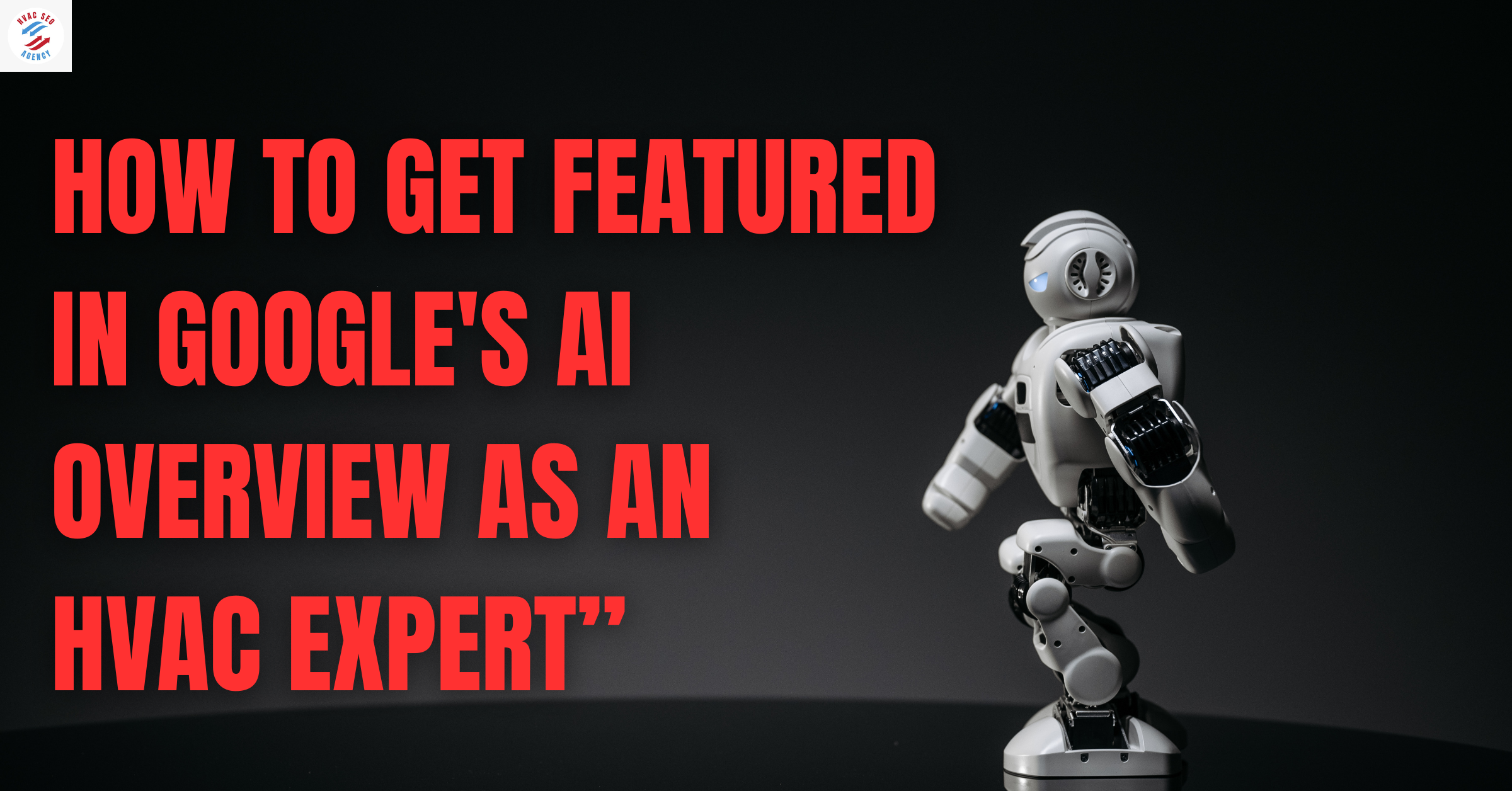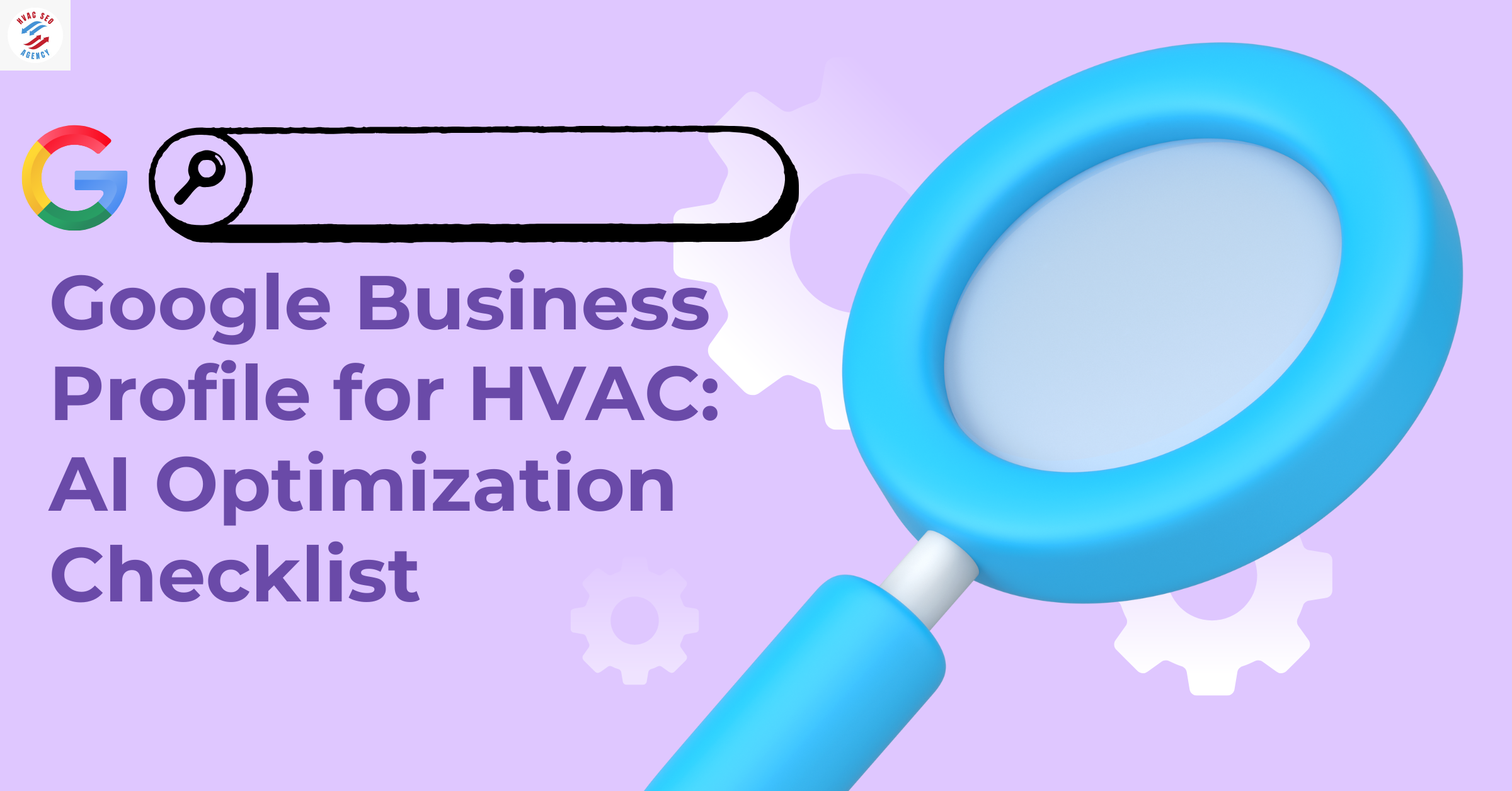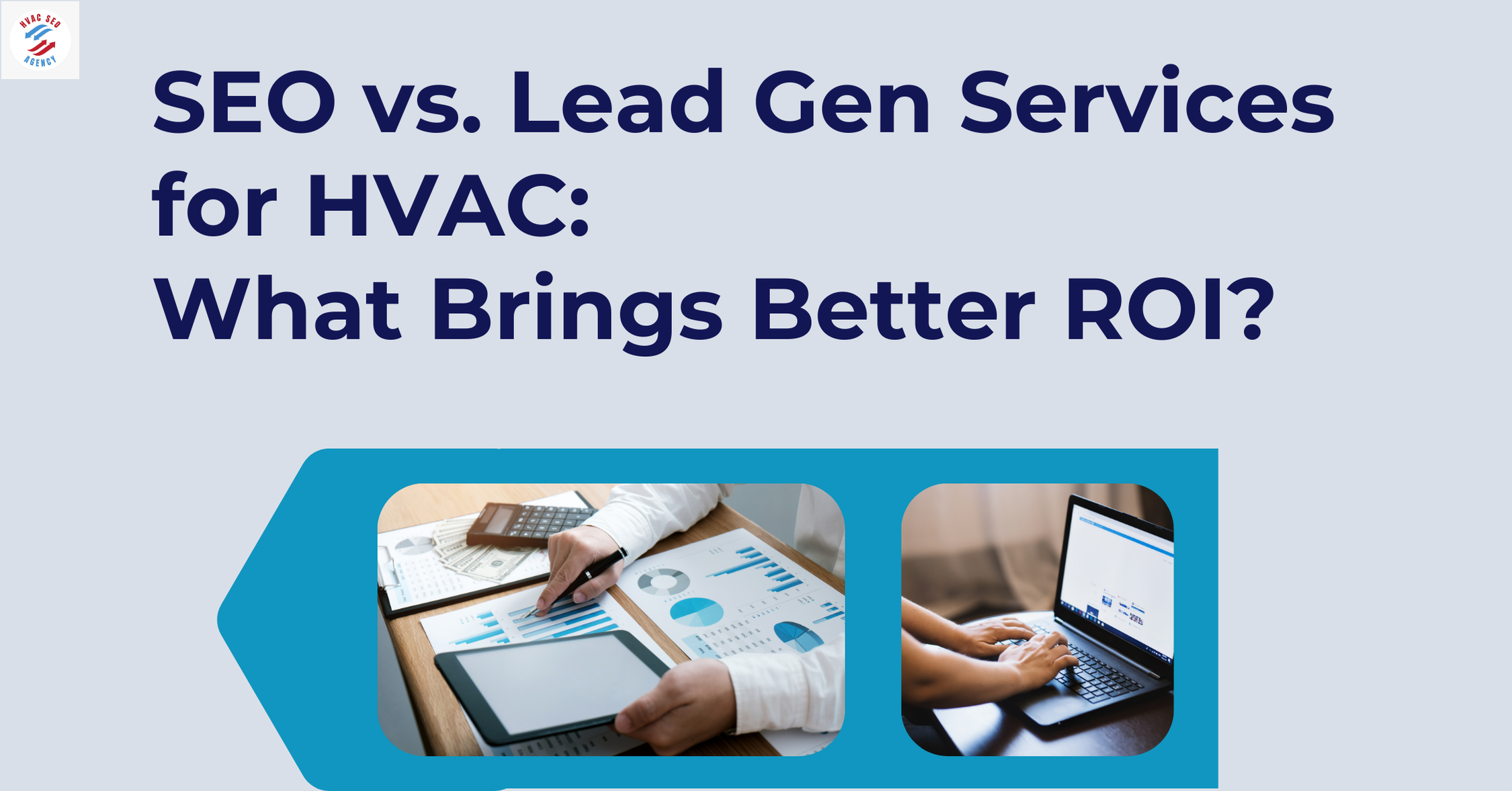HVAC Zoning Systems: How to Improve Comfort and Energy Efficiency

1. HVAC Zoning Systems: Optimizing Comfort and Efficiency
HVAC zoning systems are designed to optimize the comfort and efficiency of heating and cooling within a building by creating distinct zones that can be independently controlled. Instead of using a single thermostat to control the temperature of an entire home or building, HVAC zoning allows specific areas (zones) to have their own individual settings. This gives homeowners and businesses the flexibility to maintain different temperatures in different areas, ensuring that each space is as comfortable as possible without wasting energy.
In the USA, the demand for HVAC zoning systems has grown substantially due to their energy-saving benefits, ability to improve indoor comfort, and long-term cost efficiency. By using thermostats and dampers installed in the ductwork, the system can direct airflow and adjust temperatures based on the specific needs of each zone. This prevents the over-conditioning of unused spaces, which can significantly reduce energy consumption. For HVAC businesses looking to grow their online presence, working with the best HVAC SEO agency can help increase visibility and attract more customers interested in energy-efficient solutions like HVAC zoning systems.
To build trust and credibility for your HVAC business, it's essential to collect more reviews from satisfied customers. Positive reviews not only help showcase your expertise but also improve your visibility and attract new clients.
Brief Introduction to Smart HVAC Controls and Their Role
With the integration of smart technology, HVAC zoning systems have become even more efficient and user-friendly. Smart HVAC controls allow users to manage their heating and cooling systems remotely via mobile apps or voice-controlled devices. These controls are capable of learning the preferences of the building’s occupants, adjusting settings automatically, and providing real-time energy consumption data.
Smart HVAC controls enhance the functionality of traditional zoning systems by enabling more precise temperature control and energy monitoring. Homeowners and businesses can monitor their HVAC system’s performance, make adjustments on the go, and schedule settings based on their lifestyle or business needs. As a result, the combination of smart HVAC controls and zoning systems not only increases comfort but also significantly boosts energy efficiency, further reducing operating costs.
2. HVAC Zoning Systems
What is an HVAC Zoning System?
An HVAC zoning system is an advanced approach to heating and cooling that divides a building into different zones, each with its own temperature control. Traditional HVAC systems use a single thermostat to manage the temperature of the entire building, but with zoning systems, each zone has its own thermostat that controls the airflow and temperature for that specific area.
The system works by utilizing motorized dampers in the ductwork that open and close based on the thermostat settings. When a particular zone calls for more or less heating or cooling, the dampers adjust the airflow accordingly, delivering only the required amount of conditioned air to that zone. This ability to adjust temperature settings for different rooms or sections of a building results in both energy savings and improved comfort.
By addressing the heating and cooling needs of each zone independently, HVAC zoning systems ensure that spaces are used more efficiently, preventing energy waste in unoccupied areas.
Benefits of HVAC Zoning Systems
The main advantages of HVAC zoning systems include:
Improved Comfort: Zoning systems allow for precise temperature control in every area of a building. Whether you have a home with multiple floors or a commercial space with varying room usage, zoning ensures that each area is set to the desired temperature, eliminating hot and cold spots.
Energy Efficiency: By directing conditioned air only to the spaces that need it, HVAC zoning systems prevent energy wastage. This means you don’t have to heat or cool rooms that are unused, reducing overall energy consumption and, ultimately, lowering energy bills.
Cost Savings: Although the installation of a zoning system may incur upfront costs, the long-term savings on energy bills often outweigh the investment. With energy-efficient zoning, many building owners see a reduction in heating and cooling costs by up to 30%.
Increased Control: With separate thermostats for each zone, occupants can adjust temperatures in different areas independently. This means no more disagreements over thermostat settings in shared spaces!
Graph: Breakdown of Comfort and Energy Efficiency Benefits
According to a study by Energy Star, homes with HVAC zoning systems reported a 15% increase in overall comfort, and businesses experienced a 20% reduction in heating and cooling costs.
3. Types of HVAC Zoning Systems
Manual vs. Automatic Zoning Systems
When it comes to HVAC zoning, there are two main types of systems: manual and automatic. Understanding the differences between these systems can help you determine which one is best suited to your home or business.
Manual Zoning Systems
Manual zoning systems rely on mechanical dampers and manual thermostats to control temperature. To adjust the temperature in each zone, you must physically adjust the thermostat and dampers, which can be time-consuming and less efficient. This type of system is more suited to buildings with fewer zones or those looking for a low-cost option.
Automatic Zoning Systems
Automatic zoning systems use electronic thermostats that can communicate with motorized dampers in the ductwork. These systems automatically adjust the airflow based on temperature readings from each zone's thermostat. The advantage of automatic zoning is that it continuously monitors and adjusts the temperature, providing optimal comfort and energy efficiency without manual intervention. It is the preferred choice for most homes and commercial buildings due to its ease of use and efficiency.
Smart HVAC Zoning Systems
As technology continues to advance, HVAC zoning systems have evolved with the introduction of smart HVAC controls. Smart HVAC zoning systems provide a high level of automation and remote control, making them the most efficient and user-friendly option available.
Integration with Home Automation
Smart HVAC zoning systems can integrate with other smart home devices, such as smart thermostats, voice-controlled assistants (like Amazon Alexa and Google Assistant), and other IoT-enabled devices. This integration allows for seamless control of your HVAC system from anywhere, at any time, using a smartphone or tablet.
Energy Monitoring and Reporting
One of the key benefits of smart HVAC zoning is the ability to monitor and analyze energy usage in real-time. Many smart HVAC systems provide energy usage reports, helping homeowners and businesses track their consumption, identify inefficiencies, and make adjustments to save on energy costs.
Learning Capabilities
Some smart HVAC zoning systems are designed to "learn" the behaviors and preferences of the occupants. They adjust the temperature based on patterns, ensuring maximum comfort and efficiency without manual input.
4. How HVAC Zoning Improves Comfort
Adjusting Temperature in Different Zones
One of the biggest advantages of HVAC zoning systems is the ability to adjust the temperature in different areas (zones) of a building independently. This is especially important in multi-level homes or buildings with rooms that have varying heating or cooling needs.
For example, you may want to keep the living room warm during the winter while maintaining cooler temperatures in the bedrooms for a restful sleep. Or, in a commercial building, the conference rooms may need to be kept cooler than the office areas. With a zoning system, each space can be maintained at its ideal temperature, ensuring maximum comfort without unnecessary energy consumption.
Graph: Survey on Comfort Improvement in Homes with Zoning Systems
A study by the National Association of Home Builders (NAHB) found that 82% of homeowners with HVAC zoning systems reported improved comfort in their homes, especially during extreme weather conditions. The survey also revealed that 60% of participants noted fewer temperature variations between different rooms or levels.
Real-Life Case Studies and User Testimonials
The benefits of HVAC zoning are not just theoretical; many homeowners and businesses have experienced real improvements in comfort and energy efficiency. Real-life case studies and user testimonials provide valuable insights into how HVAC zoning systems can enhance comfort in everyday settings.
Home Use of HVAC Zoning Systems
A family in the Midwest installed a zoning system to combat the uncomfortable temperature variations between the upper and lower levels of their home. After the installation, they reported a significant improvement in comfort, with no more cold bedrooms in winter or overheated living rooms during the summer.
Commercial Use of HVAC Zoning Systems
In an office building with multiple departments, an HVAC zoning system allowed each department to control their own temperature settings. This eliminated complaints about too hot or too cold spaces, and employees reported increased satisfaction with the office environment.
5. How HVAC Zoning Improves Energy Efficiency
Reducing Energy Consumption with Zoning
One of the primary reasons homeowners and businesses choose to install HVAC zoning systems is the potential for significant energy savings. HVAC zoning systems allow you to heat or cool only the areas of your home or building that are in use. Instead of conditioning every room in the building, zoning directs conditioned air only to the zones that need it. This means that spaces that are not in use, such as spare bedrooms or conference rooms, are not being unnecessarily heated or cooled.
This targeted approach to heating and cooling results in a more energy-efficient system, which can lead to lower energy bills. For example, if you have a large home with multiple floors, a zoning system ensures that each floor is maintained at an ideal temperature without wasting energy in unused spaces.
Role of Smart HVAC Controls in Energy Management
Smart HVAC controls play a key role in improving the energy efficiency of HVAC zoning systems. These smart systems can monitor energy usage in real-time and adjust settings based on factors such as occupancy, time of day, or even the weather. For example, smart thermostats can be programmed to adjust temperatures when no one is home, and some systems can even learn occupants' habits and adjust accordingly.
Moreover, smart HVAC controls allow users to monitor and control their system remotely, providing full visibility of their energy usage. This can be particularly useful for businesses that want to ensure their HVAC system is running efficiently and not wasting energy during off-hours.
By pairing smart HVAC controls with a zoning system, you can optimize energy consumption, ensuring that you only use the necessary amount of heating or cooling.
Graph: Energy Savings with Smart HVAC Controls
According to a report by the Environmental Protection Agency (EPA), homes using smart thermostats can save an average of 10-12% on heating and 15% on cooling costs. This graph would highlight the energy savings achieved by integrating smart controls with HVAC zoning systems.
6. Implementing HVAC Zoning Systems in Your Home or Business
Steps to Install an HVAC Zoning System
Installing an HVAC zoning system in your home or business requires careful planning and professional expertise. The process involves assessing the layout of your building, understanding the cooling and heating needs of each zone, and installing necessary components like dampers, thermostats, and ductwork modifications. Here are the basic steps involved in implementing an HVAC zoning system:
System Assessment: The first step is evaluating your building’s layout. A professional HVAC technician will assess the space and determine how many zones are needed based on the size and function of each area.
Designing the Zoning System: Once the zones are determined, the technician will design the system, specifying the locations of thermostats, dampers, and airflow pathways for each zone. The goal is to optimize the airflow to prevent over-conditioning of any part of the building.
Installation of Dampers and Thermostats: Motorized dampers are installed in the ductwork to regulate airflow to each zone. Thermostats are placed in strategic locations in each zone to monitor and control the temperature.
System Calibration and Testing: After installation, the system is calibrated to ensure proper functioning. The technician will test each zone's temperature control and make adjustments to optimize performance.
Ongoing Maintenance and Adjustments: Regular maintenance is essential to keep the system running efficiently. Routine checks on the dampers, thermostats, and ductwork will ensure long-term performance and reliability.
Working with HVAC Professionals
Installing a zoning system requires expert knowledge of HVAC systems, ductwork, and airflow dynamics. Working with experienced HVAC professionals is critical to ensuring that the system is installed correctly and operates efficiently. Certified HVAC technicians have the tools and expertise to handle the complexities of zoning system installation, including system design, duct modifications, and thermostat placement.
When choosing an HVAC professional, it is important to work with companies that have experience in installing zoning systems and who can provide ongoing maintenance and support. Additionally, HVAC businesses that specialize in zoning systems often offer smart control integration, which can further enhance the efficiency of the system.
The importance of training your HVAC team cannot be overstated well-trained technicians ensure that installations and repairs are done correctly, maximizing the efficiency of HVAC systems and providing exceptional service to customers.
7. Smart HVAC Controls: Revolutionizing the HVAC Industry
The Benefits of Smart HVAC Controls
Smart HVAC controls are transforming the way HVAC zoning systems operate, enhancing their functionality and making them more energy-efficient. These modern controls offer a level of automation that allows for precise temperature management and monitoring, leading to increased comfort and savings on energy bills.
Remote Control and Monitoring: Smart HVAC controls allow users to manage their heating and cooling systems remotely using mobile apps or smart home devices like Amazon Alexa or Google Assistant. Whether you’re at home or away, you can adjust the temperature in each zone from anywhere, giving you full control over your system.
Energy Efficiency: Smart thermostats monitor real-time energy usage and adjust the temperature to optimize energy consumption. Many systems can learn your habits and adjust automatically, ensuring that you’re not wasting energy when rooms are unoccupied or when you’re away from home.
Programmability and Customization: With smart HVAC controls, you can program your system to match your daily schedule. For example, you can set the temperature to cool the house before you get home or turn off the heating when everyone leaves for work or school. The ability to create custom schedules for different zones makes it easier to manage comfort and energy efficiency.
Increased Comfort: Smart HVAC systems offer precise control over temperature settings in each zone. As they can be adjusted automatically based on occupancy or preferences, you can enjoy consistent comfort across the entire building.
Graph: Adoption Rates of Smart HVAC Controls in USA Homes/Businesses
According to the Smart Home Report by Statista, 27% of U.S. households had adopted smart thermostats in 2021, and the number is expected to rise to over 40% by 2025, reflecting the growing trend towards energy-efficient smart technology.
How Smart HVAC Controls Work with Zoning
When paired with an HVAC zoning system, smart HVAC controls offer a powerful combination that maximizes energy efficiency and comfort. The smart controls can monitor the temperature in each zone independently, automatically adjusting the settings based on real-time data.
Autonomous Adjustment: Smart thermostats can adjust the temperature in each zone based on factors like time of day, occupancy, and outdoor temperature. For instance, a smart control system can detect when a room is empty and reduce heating or cooling in that zone, ensuring that energy isn’t wasted.
Integration with Other Smart Devices: Many smart HVAC controls integrate with other smart home devices. For example, integration with motion sensors can trigger changes in temperature when movement is detected in a room. Smart lighting systems can also be integrated to work in sync with HVAC controls for further energy savings.
Data and Reports: With smart HVAC controls, you can track your energy usage through detailed reports. These reports show you how much energy you’re saving and provide insights into how you can further optimize your system’s performance.
8. Common Challenges with HVAC Zoning Systems and How to Overcome Them
Common Issues with HVAC Zoning Systems
While HVAC zoning systems offer numerous benefits, they also come with their own set of challenges. Understanding and addressing these issues early can help ensure that the system operates efficiently and effectively. Some of the most common challenges with HVAC zoning systems include:
Incorrect Thermostat Placement: If thermostats are placed in areas that do not accurately reflect the temperature needs of a zone, the system may not work efficiently. For example, if a thermostat is placed near a drafty window or in direct sunlight, it may inaccurately register the room's temperature, leading to inconsistent heating or cooling.
Poorly Designed Ductwork: Inadequate ductwork design can result in poor airflow to certain zones, affecting the overall performance of the system. Restricting airflow in one zone can create uneven temperatures throughout the building, which defeats the purpose of zoning.
Duct Leaks: Leaky ducts can cause a significant loss in airflow and reduce the effectiveness of your zoning system. Air escaping through cracks and holes in the ducts means that conditioned air isn't reaching its intended destination, wasting energy and reducing the system’s overall efficiency.
System Overload: In some cases, HVAC zoning systems can place too much demand on the heating or cooling system. If the zoning system isn’t properly designed or balanced, it can overload the system, leading to increased wear and tear, higher energy consumption, and premature system failure.
Long-Term Maintenance and Efficiency
Like any HVAC system, zoning systems require regular maintenance to ensure they continue to operate efficiently. Ensuring that your system is well-maintained will help prevent issues like duct leaks, malfunctioning dampers, and thermostat calibration problems. Key maintenance tasks include:
Annual Inspections: Have an HVAC technician inspect the system annually to check the dampers, thermostats, and ductwork for any issues. This inspection will help identify potential problems before they escalate, ensuring the system runs smoothly.
Duct Cleaning and Sealing: Over time, dust, debris, and moisture can accumulate in ducts, leading to blockages and leaks. Cleaning and sealing ducts regularly can prevent these issues and improve airflow, which enhances the system’s efficiency.
System Calibration: As HVAC systems age, thermostats and dampers may lose their calibration, causing inaccurate temperature readings. Regular calibration ensures that the system continues to respond to temperature adjustments and keeps your zones at the desired temperatures.
Upgrading to Smart Controls: If your zoning system isn’t already integrated with smart controls, upgrading can provide additional benefits. Smart thermostats can monitor energy usage and adjust settings automatically to improve comfort and energy savings.
9. Role of HVAC SEO Agency in Business Growth
How HVAC SEO Agencies Help HVAC Businesses Grow
In the competitive HVAC market, online visibility is crucial for attracting new customers and increasing sales. HVAC businesses that want to grow their presence and generate leads need to optimize their websites and online content for search engines. This is where an HVAC SEO agency comes in. By focusing on HVAC-specific SEO strategies, agencies help businesses appear at the top of search engine results for targeted keywords, such as "HVAC zoning systems," "energy-efficient HVAC," and "smart HVAC controls."
Learning how to franchise your HVAC business successfully can be a game-changer, allowing you to expand your reach and grow your brand across multiple locations while maintaining consistent quality and customer service.
An HVAC SEO agency can assist in:
Optimizing Local SEO: For HVAC businesses, local SEO is critical as many customers look for services in their immediate area. By optimizing for location-based keywords like "Affordable HVAC SEO Agency in Tampa" or "Top HVAC Marketing Experts in Oklahoma City," an SEO agency helps HVAC businesses appear in local search results and Google Maps.
Content Creation: High-quality, SEO-optimized content is essential for ranking in search engines. HVAC SEO agencies create relevant blog posts, service pages, and FAQs that target both the primary and secondary keywords of the HVAC business. They also ensure that the content addresses common customer questions, increasing the likelihood of ranking in Google’s "People Also Ask" section.
Backlink Building: A critical component of SEO is building quality backlinks to your website from reputable sources. HVAC SEO agencies can help businesses earn backlinks from high-authority websites, further boosting their search engine rankings and credibility.
Technical SEO: HVAC SEO agencies also focus on the technical aspects of SEO, such as improving site speed, mobile-friendliness, and user experience (UX). A well-optimized website ensures that potential customers have a smooth and efficient browsing experience, which can lead to higher conversion rates.
Why Every HVAC Business Needs an HVAC SEO Agency
As the HVAC industry becomes more competitive, having a strong online presence is no longer optional. More customers are turning to search engines to find local service providers, and without proper SEO, HVAC businesses risk falling behind competitors. Here’s why partnering with an HVAC SEO agency is essential for business growth:
Increased Visibility: HVAC SEO agencies ensure that your business is visible in search results when potential customers are looking for HVAC services. Being found on the first page of Google is crucial to attracting more traffic and generating leads.
Targeted Marketing: SEO allows HVAC businesses to target customers who are actively searching for HVAC solutions, making it a more effective way of marketing than traditional methods. With targeted SEO strategies, HVAC businesses can focus their marketing efforts on high-intent customers who are more likely to convert into paying clients.
Long-Term ROI: SEO is a long-term strategy that can yield sustainable results over time. While it may take a few months to see the full impact, investing in SEO can provide long-term benefits, including continuous website traffic, increased leads, and higher revenue.
Competitive Advantage: With the help of an HVAC SEO agency, your business can stay ahead of competitors who are not utilizing SEO strategies. By optimizing your website, creating valuable content, and ensuring a great user experience, your HVAC business can maintain a competitive edge in a saturated market.
10. Case Studies: Real-World Examples of HVAC Zoning Systems in Action
Case Study 1: Home Use of HVAC Zoning Systems
HVAC zoning systems have proven to be highly effective in residential settings, providing homeowners with enhanced comfort and energy savings. One example comes from a family in a multi-level home located in the Northeast. The family was experiencing significant temperature differences between the upstairs and downstairs areas, especially during the winter months.
After installing an HVAC zoning system, the family was able to independently control the temperature on each floor, ensuring that the upstairs bedrooms remained cooler while the living areas downstairs were kept warm. The system allowed them to maintain comfort without overheating the entire house. Additionally, the family noticed a significant reduction in energy consumption, as they no longer needed to heat unused areas like the attic and guest rooms.
Case Study 2: Commercial Use of HVAC Zoning Systems
In a commercial office building in California, the management team struggled with maintaining consistent comfort across various departments. The office was home to multiple departments, each with unique heating and cooling needs. For example, the conference rooms required cooler temperatures for meetings, while the offices were set to a warmer setting to accommodate employees working at their desks.
After installing an HVAC zoning system, the office was able to adjust the temperature for each department, ensuring optimal comfort for employees and guests. The system also contributed to energy savings, as areas like the break room and storage spaces, which were infrequently used, no longer required constant heating or cooling.
The management team reported increased employee satisfaction and productivity, as the temperature no longer fluctuated throughout the building. Moreover, the company saved on energy costs by reducing the need for cooling or heating in empty or unused spaces.
Graph: Energy Efficiency and ROI from HVAC Zoning Systems in Commercial Buildings
According to a study by the U.S. Green Building Council, commercial buildings that implemented HVAC zoning systems saw a 20% reduction in energy costs, with a return on investment (ROI) within two years of installation.
11. FAQs
What is an HVAC zoning system, and how does it work?
An HVAC zoning system divides a building into separate areas, or "zones," each with its own thermostat. This allows for independent control of the temperature in each zone, ensuring that conditioned air is directed only to the areas that need it. Dampers are used in the ductwork to regulate the airflow, which helps reduce energy consumption and improve comfort by tailoring temperatures to specific areas.
How much can I save on energy bills with HVAC zoning systems?
HVAC zoning systems can lead to significant savings on energy bills. Since the system targets the heating or cooling needs of specific zones rather than the entire building, it prevents unnecessary conditioning of unused areas. This energy-efficient approach can reduce your overall heating and cooling costs.
Do HVAC zoning systems require professional installation?
Yes, professional installation is required for HVAC zoning systems. The process involves modifying your existing ductwork, placing thermostats in each zone, and installing motorized dampers to control the airflow. A qualified HVAC technician is essential to ensure the system is installed correctly and operates as intended.
What are the benefits of integrating smart HVAC controls with zoning systems?
Integrating smart HVAC controls with zoning systems enhances the system’s efficiency and convenience. Smart controls allow for precise temperature regulation in each zone and can automatically adjust settings based on factors like occupancy and time of day. They can also be managed remotely through mobile apps, ensuring that energy is used only when needed.
Are HVAC zoning systems worth the investment?
HVAC zoning systems are generally considered a worthwhile investment, especially for larger homes or buildings with multiple levels. While the upfront cost may be higher than a traditional system, the long-term energy savings and improved comfort typically provide a good return on investment. Many homeowners and business owners find that the benefits, including lower energy costs and greater control over indoor temperatures, justify the initial expenditure.
12. Conclusion
Recap of Key Benefits of HVAC Zoning Systems
HVAC zoning systems offer a host of benefits that can transform the comfort and efficiency of both residential and commercial spaces. By allowing for independent temperature control in different areas, zoning systems provide tailored comfort, ensuring that each room or section of a building is maintained at its ideal temperature without over-conditioning unused spaces. This targeted approach leads to significant energy savings, making HVAC zoning an energy-efficient solution that helps lower utility bills.
Moreover, with the integration of smart HVAC controls, users can further enhance their system’s efficiency by automating temperature adjustments and monitoring energy usage remotely. This combination of zoning and smart technology offers a higher level of control, convenience, and energy savings, making it an ideal solution for modern homes and businesses.






